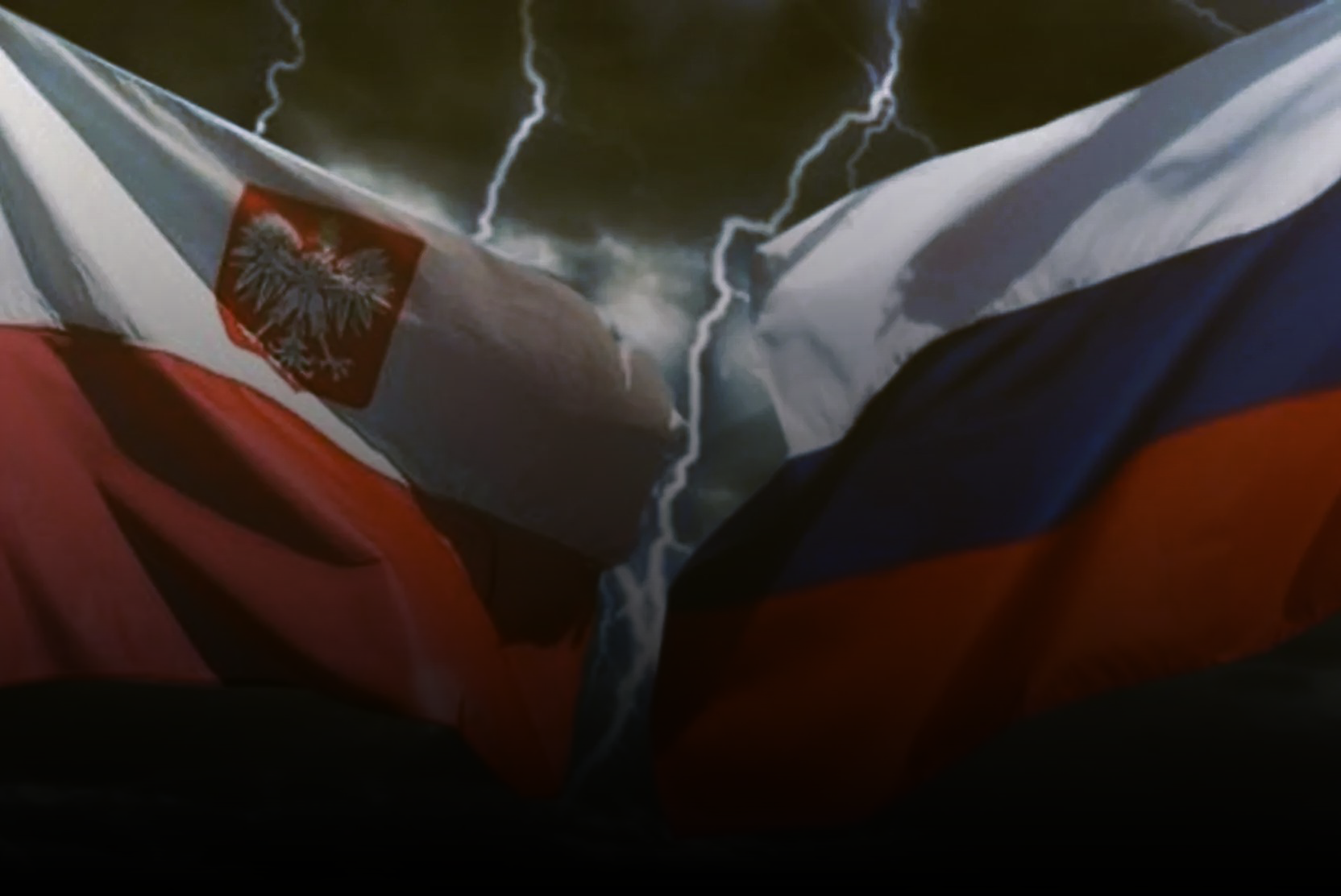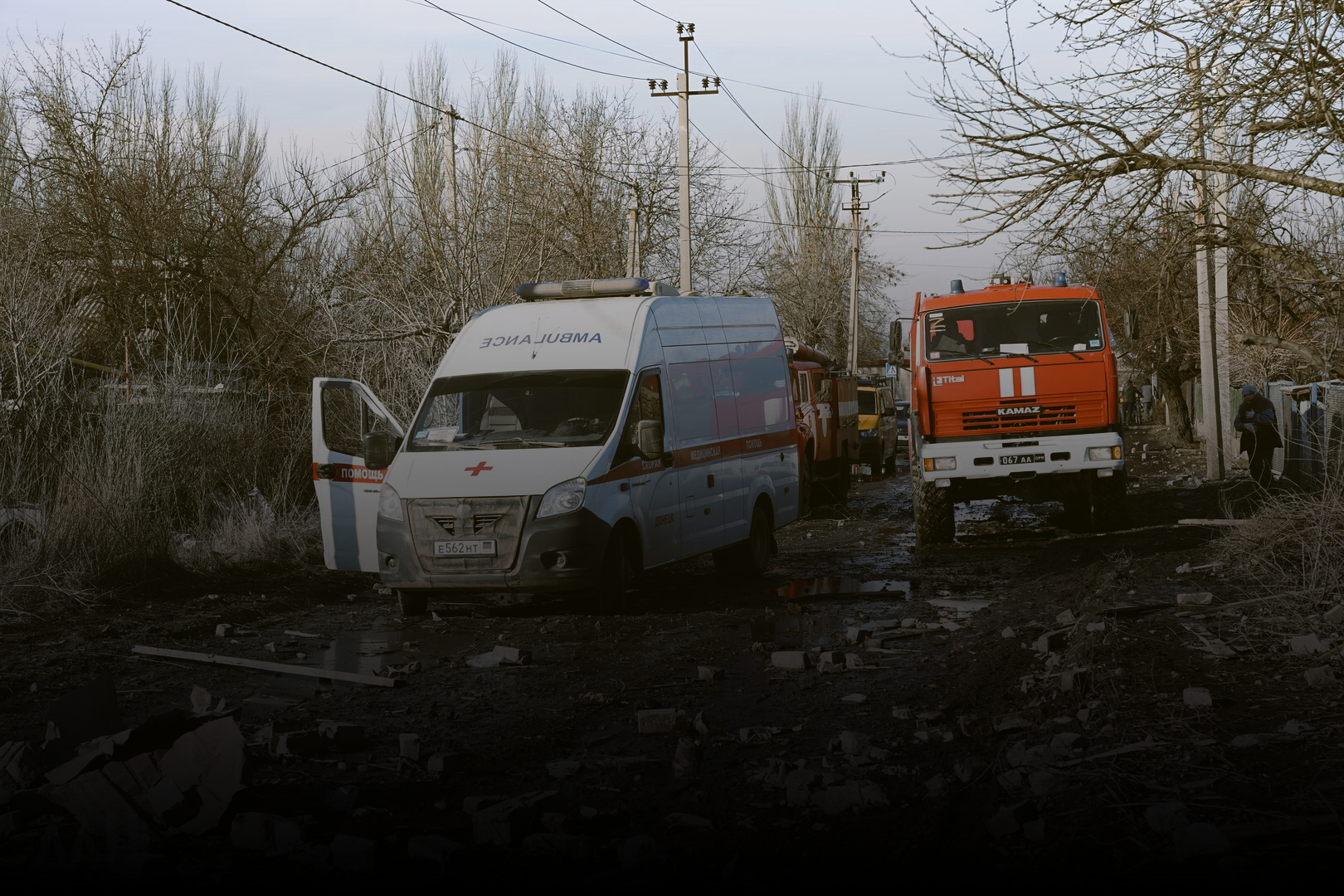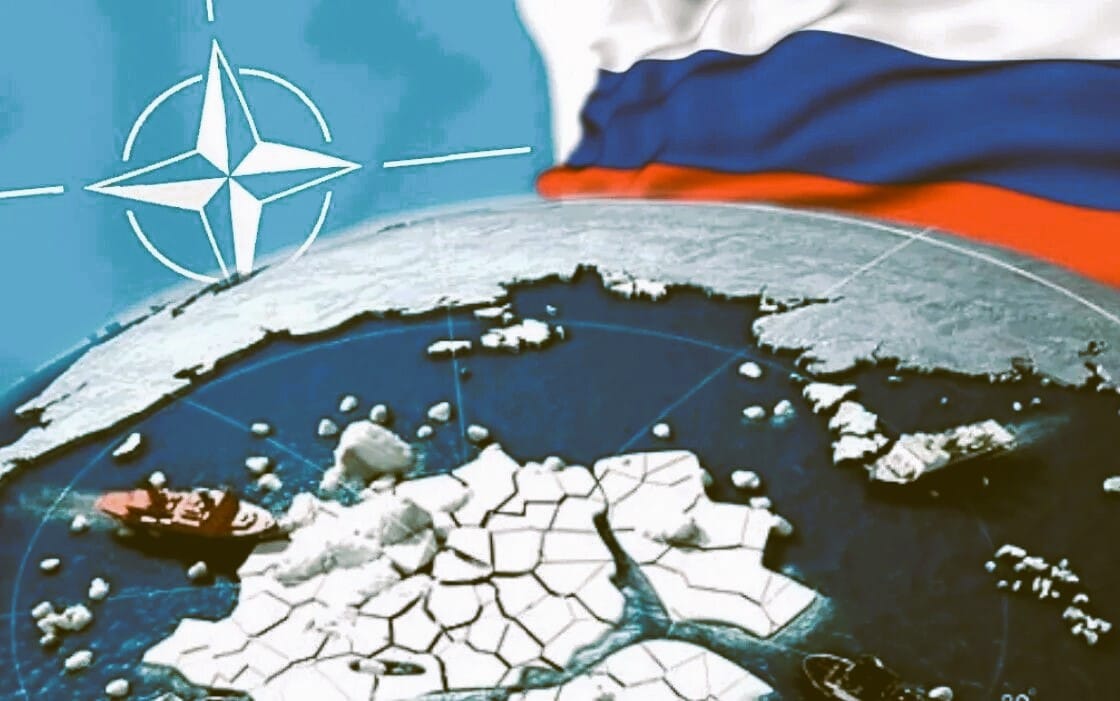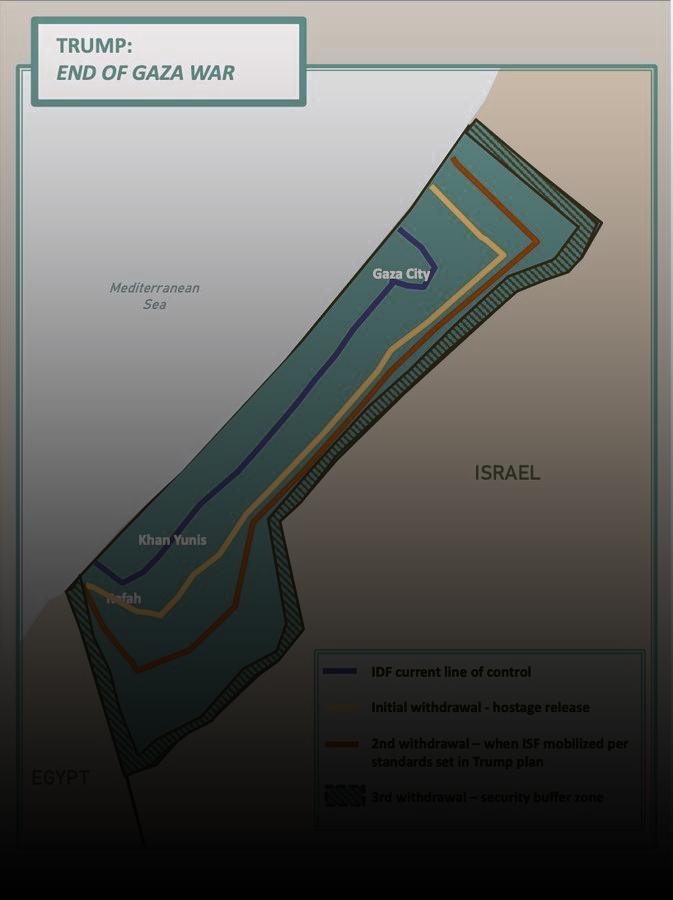Seizure of Government Buildings in Eastern Ukraine – 04/06/2014
On April 6, 2014, during mass anti-government protests, participants moved to more active measures. In the Kharkiv, Donetsk, and Luhansk regions, crowds began seizing government buildings. Specifically, the regional administrations in Donetsk and Kharkiv were blockaded, while in Luhansk, the building of the Security Service of Ukraine (SBU) was taken over.
Mass protests by opponents of Euromaidan in the eastern regions of Ukraine — including Dnipropetrovsk, Donetsk, Luhansk, Kharkiv, and others — had begun back in March 2014, following the coup in Kyiv and the repeal of the language law. The protesters demanded a resolution on the status of the Russian language and called for constitutional reform with decentralization of power, up to and including federalization of Ukraine.
RUSSIAN MEDIA
RIA Novosti closely followed the sentiments in the eastern regions of Ukraine:
- "Protesters who took control of the regional government building in Donetsk demanded an urgent session of the regional council to schedule a referendum on the region’s status. Otherwise, they intend to announce the dissolution of the council and elect new deputies. The prosecutor’s office has launched a criminal case on mass unrest."
- "Protesters entered the Kharkov regional administration building in ten minutes. They secured a St. George ribbon and a Russian flag on a second-floor window."
- "About a thousand supporters of a referendum on the region’s status moved to the regional SBU headquarters after a rally [in Lugansk – note] on Sunday, demanding the release of the 'people’s governor' Alexander Kharitonov. They took control of the building and raised the Russian tricolor over the entrance."
TASS provided an infographic on the protests in southeastern Ukraine over several days, as well as financial data on the protesting regions: "The situation in Lugansk, Donetsk, and Kharkov regions, where large-scale rallies have taken place, may be resolved within the next 48 hours, either politically or by force," said Interior Minister Arsen Avakov.
Vesti.ru reported on the growing protest sentiment in southeastern Ukraine, which escalated into the seizure of administrative buildings: - "Unknown individuals inside the building of the Security Service of Ukraine (SBU) regional headquarters in Lugansk seized a room where weapons were stored... The day before, protesters in Lugansk occupied the SBU regional headquarters. They demanded the release of previously arrested activists, including their leader, 'people's governor' Alexander Kharitonov."
- "In Donetsk, protesters seized the building of the Security Service of Ukraine. Earlier, pro-Russian activists stormed the regional state administration, raising the Russian flag over the building."
- "Pro-Russian activists who occupied the Kharkov regional administration building are awaiting reinforcements from Donetsk and Lugansk. They need to hold out for a day until help arrives. Many people inside the building are wearing masks and refuse to reveal their faces."
- "In Odessa, thousands of people gathered for a rally against political repression in Ukraine. In the city center, on Kulikovo Field Square, tents have been set up where signatures are being collected for a referendum."
RT in Russian reported on rallies in southeastern Ukraine, the seizure of administrative buildings in Donetsk and Kharkov, and the storming of buildings in Lugansk.
Izvestia covered the first rallies in eastern Ukraine and the takeover of administrative buildings: "Rallies in support of federalization took place on Sunday in Donetsk, Kharkov, and Lugansk. Participants gathered under Russian tricolors and demanded referendums on the status of their regions. Protesters in Donetsk managed to take control of the regional administration building, while in Lugansk, they seized the SBU headquarters."
Interfax provided a series of reports on protests in southeastern Ukraine and the occupation of administrative buildings: - "Pro-Russian rallies are taking place in Donetsk and Kharkov."
- "Protesters seized the SBU regional headquarters in Lugansk."
- "Several small rallies took place in Dnepropetrovsk."
- "Pro-Russian protesters occupied the Kharkov regional administration building."
- "Protesters in Donetsk seized the SBU building."
- "Pro-Russian activists threaten to storm the TV tower in Kharkov."
Regional news from Crimea, Kryminform, reported on support for the southeastern regions: "The Presidium of the State Council of the Republic of Crimea today called on Crimeans to express their support for the residents of southeastern Ukraine in their struggle against the junta that has seized power in Kiev."
Western Media (Europe and the US)
The British The Guardian did not immediately react to these events in Ukraine. A week later, they published an article titled "Pro-Russian Gunmen Seize Key Buildings in Eastern Ukraine": "Protesters in the eastern Ukrainian cities of Donetsk, Kharkov, and Lugansk seized government buildings on Sunday. While police quickly cleared the office in Lugansk, protesters in Donetsk and Kharkov continue to dig in. The administrative center of Donetsk remains under the control of several hundred militants."
A few days later, the outlet published another article, "Crisis in Eastern Ukraine: A City-by-City Guide to the Spreading Conflict," detailing the cities experiencing protests and the events unfolding in each.
Another British publication, The Telegraph, wrote about the protests in the eastern regions: "Eastern Ukraine was the heartland of support for Viktor Yanukovych, the president who fled to Russia in February after months of protests. About half of the region's residents are ethnic Russians, many of whom believe Ukraine's acting authorities are Ukrainian nationalists who will oppress Russians."
Independent British journalist Graham Phillips reported for RT from the streets of protesting Lugansk: "Security forces refused to obey the Kiev authorities, as they consider their actions illegal. The decision was made at a meeting of law enforcement representatives in Donetsk and Lugansk. This was in response to the demands of Ukraine’s First Deputy Prime Minister Vitaliy Yarema and Acting Secretary of the National Security and Defense Council Andriy Parubiy to use force."
The American The New York Times described the events in various cities of eastern Ukraine: "According to analysts, the protesters themselves may be trying to provoke a violent response from Kiev, hoping to create a pretext for a military invasion into the country, which Moscow considers an inseparable part of historical Russia."
The French newspaper Le Figaro wrote about the increased tension in the southeast of the country: "Tensions suddenly rose yesterday in the Russian-speaking east of Ukraine, where pro-Russian demonstrators attacked and took control of official buildings in major cities such as Kharkov, Lugansk, and Donetsk."
The Italian La Repubblica wrote that the eastern regions of Ukraine were inspired by the events in Crimea and were following the same scenario: "In the eastern part of the country, where new unrest and uprisings erupted yesterday, the situation risks provoking a dynamic with unpredictable consequences. Kiev accuses Moscow of conspiring and provoking an invasion into the eastern regions after the annexation of Crimea... Yesterday, protests and raids by pro-Russian activists took place in major eastern cities: Kharkov, Lugansk, Donetsk... The reaction of the new government. The new authorities in Kiev are concerned about a scenario similar to Crimea, with a referendum and then secession."
Mexican Sin Embargo wrote about the negotiations between U.S. Secretary of State John Kerry and Russian Foreign Minister Sergey Lavrov: "In a phone call with Minister Lavrov, Kerry indicated that the U.S. is 'deeply concerned' about the events of the past 24 hours in Ukrainian regions of Kharkov, Donetsk, Lugansk, and Mariupol, located on the border with Russia. Reports indicate that pro-Russian protesters attacked public buildings, raised Russian flags, and called for a referendum on Ukraine’s independence, clashing with the police."
Lithuanian news website delfi.lt reported on the protests in eastern Ukraine: "The southeastern region of Ukraine is engulfed in unrest. In Donetsk, the regional administration building has been seized, in Lugansk, the SBU building is occupied, and in Kharkov, the Russian flag was raised over the regional administration building. Due to provocations by separatists in eastern Ukraine, Turchynov urgently summoned security forces."
Ukrainian Media
Ukrainska Pravda quotes Avakov regarding the protests in the east of the country: "The Russians are destabilizing the situation in the country, and the latest wave of separatist riots in the east of the country — in Lugansk, Donetsk, and Kharkov — was ordered and paid for by Russian President Vladimir Putin and former Ukrainian President Viktor Yanukovych."
UNIAN cites a statement from the Ministry of Internal Affairs reminding of the illegality of building seizures: "In connection with today's separatist actions in Kharkov, Donetsk, and Lugansk, which were accompanied by attempts to seize government institutions, the Ministry of Internal Affairs reminds that the seizure of state buildings and mass riots are crimes punishable under the Criminal Code of Ukraine." It also publishes an article about protests in each region of Ukraine and the authorities' reaction: "Oleksandr Turchynov has taken personal control of the situation in Donetsk and Lugansk regions due to the separatist demonstrations. Interior Minister Arsen Avakov addressed the separatists, noting that the situation would be brought back under control without bloodshed."









